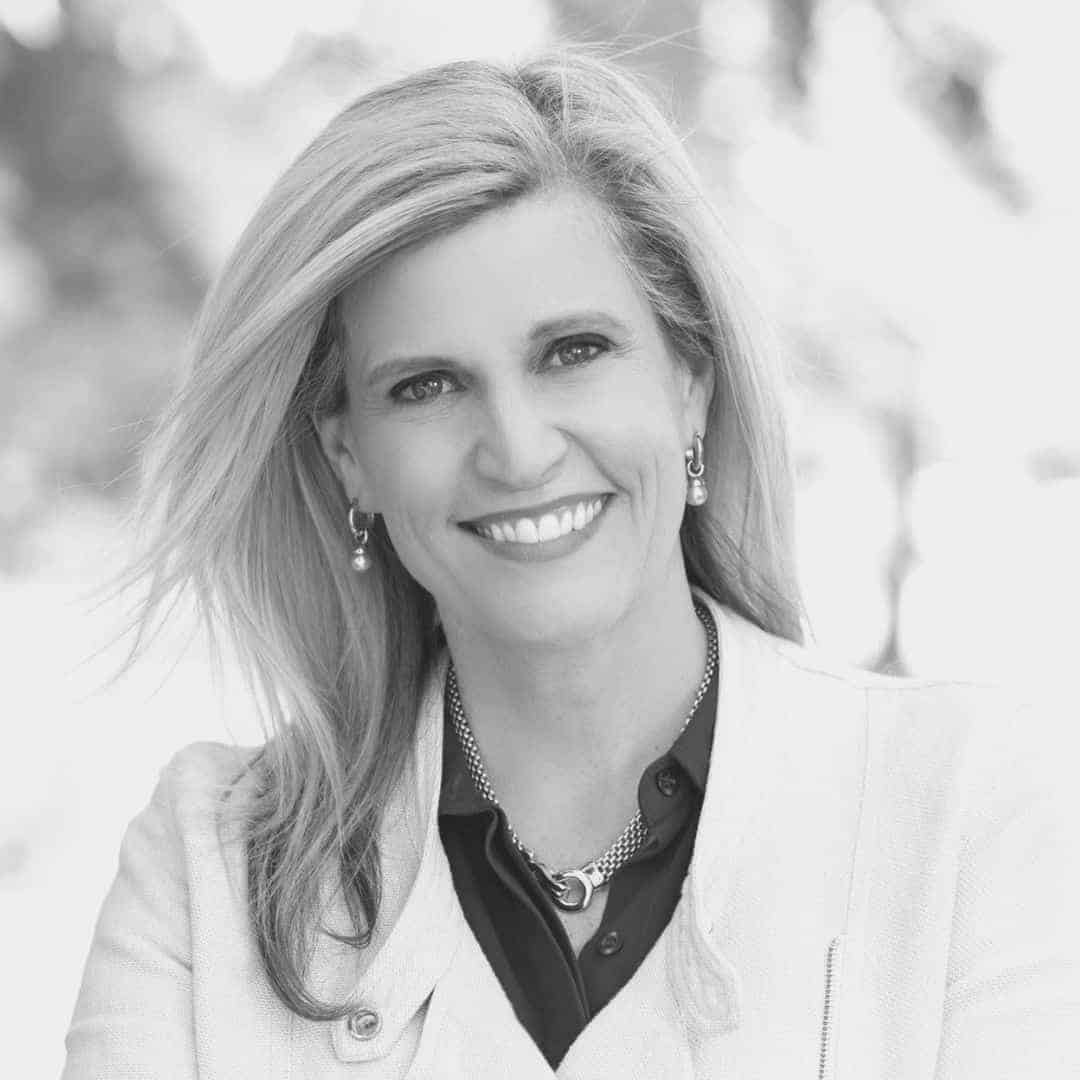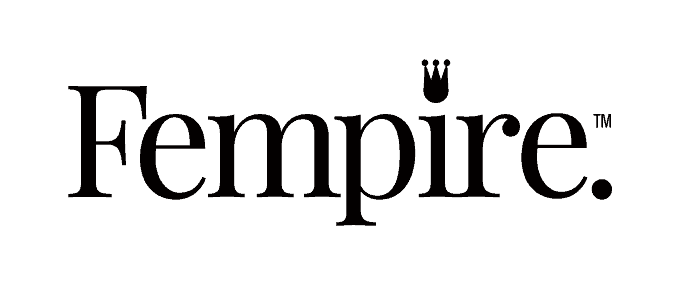Social media isn’t just “social.” It can be any business woman’s key to reaching her target market and making invaluable business connections. However, it can be challenging to figure out which social media platforms to use. And how to use them to promote your brand.
So, without delay, let’s get into the different channels and their marketing capabilities.
Facebook:
- This social media giant has the most recognition of all the platforms, as well as the largest demographic range. That means it’s likely to have a high concentration of your ideal clients. Set up a Business Page, invite personal Facebook friends to Like and Follow the page. Create events, start a group, target new clients with ads, communicate with Messenger and more.
LinkedIn:
- This is the go-to social media platform for businesses—particularly B2B. It has grown to accommodate a wider range of needs, however, including job seekers and personal brands. Look for potential customers, joint ventures, and new team members by searching for people in particular industries. Joining groups containing significant numbers of your target market members. LinkedIn users are big on relationships (not so much on sales pitches). So keep the sales speak to a minimum and work on making connections and proving your expertise. And one more thing: LinkedIn is the social media platform with the most weight placed on the profile. Make sure yours is in order (including a professional headshot, complete bio and work experience) before making connections.
Instagram:
- This is great for those businesses that rely heavily on visual communication. Since it’s less about words and more about photos and video. Its service is unparalleled when it comes to photo and video editing capabilities. Allowing users to customise what their followers are seeing (and therefore the branded messages they’re receiving). Instagram tends to serve more artistic and creative businesses best. And can significantly enhance the customer experience for these types of brands. Hashtags are a big deal on Instagram. They will take people to your posts when they search for businesses, products and services like yours. And don’t forget Stories, which give followers unique looks into the workings of your business. These Stories stay active for 24 hours. So are great for bringing people into what’s hot at this moment for your brand.
Twitter:
- Short and to-the-point: That’s Twitter. The goal of any Twitter user is to be so witty and relevant that they’re retweeted often. Which will cause them to amass more and more followers. This goes for businesses on Twitter, too. What are your ideal client’s main concerns? What is his or her current mindset? And what are they thinking about at this moment? Mirror those thoughts with Tweets, and Retweet those who “get it” too, to boost your business’s profile. Mention others’ usernames in your Tweets for access to their audiences, too.
Pinterest:
- Another highly visual social media platform, Pinterest is the place where people go for creative inspiration. This is great for before-and-after businesses. As well as those that innovate physical goods and want to motivate others to either buy those products (with links to Amazon) or create their own. Visual-reliant brands like those in cosmetics, hair, fashion, carpentry, landscaping, etc. Do well with Pinterest, by creating boards and “pinning” individual images and videos to those boards.
YouTube:
- Since Google acquired YouTube, videos on the platform have become even more prominent in search results. Plus, YouTube has its own search engine, giving your ideal clients lots of opportunities to find your business. Video has become an indispensable tool for engagement. You can post how-to videos, behind-the-scenes videos, demonstration videos, performance videos, meet-the-staff videos, and so much more. Embed those videos on your website and share them on your other social media pages. To reach the people who can most profoundly benefit from what you’re offering.
Not every social media platform will be right for your brand.
Determine what your goals are (increase brand awareness, engage potential customers, prove expertise, etc.), as well as the online places where your ideal clients are spending most of their time, and concentrate on those. Share on XNo matter which ones you choose, always remember to respond to comments and messages promptly. And with a spirit of helpfulness (rather than sales speak). It’s business—that’s true—but it must remain social and highly personal and interactive.
Female entrepreneurs are taking the social media scene by storm. After all, we are natural community builders. Social media gives us the platforms on which to make that happen without boundaries. If you’d like to learn more about how marketing experts think you should be using social media. You’d like to hear what other women business owners are doing to make social media work for them, consider joining the Fempire Academy. It’s the place to be for women who want to learn how to make money doing what they love. We also have a Little Secret video training within the Academy called “A Social Media Overview”, that goes in to more detail on using social media for business, including how to run paid advertisements on each platform.

Marnie LeFevre is the Founder of Fempire. She is also a #1 bestselling author and marketing expert who has made it her mission to support women to achieve the success they deserve and to lead with confidence. She believes women can achieve anything with the right support and a sisterhood to back them up.




0 Comments